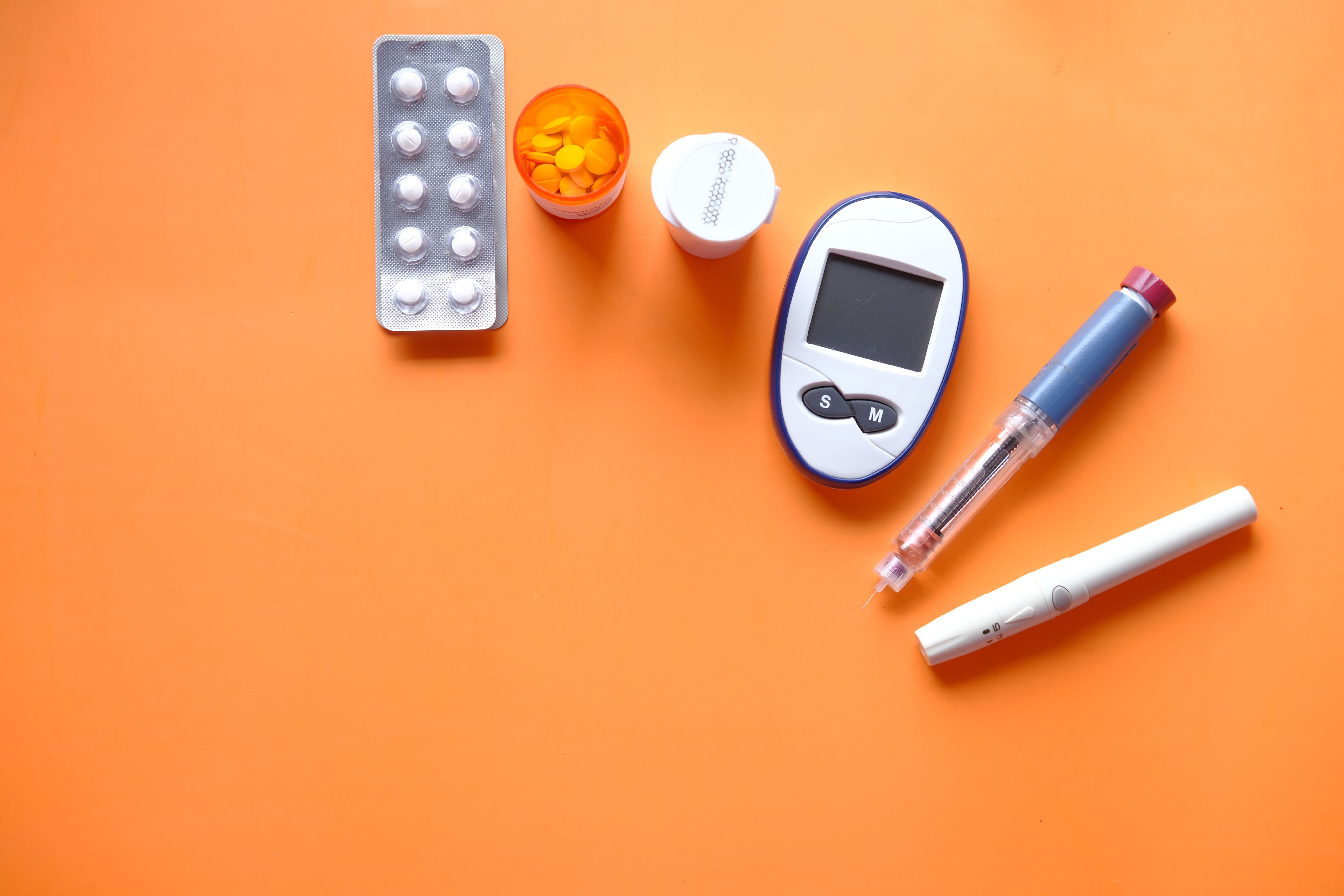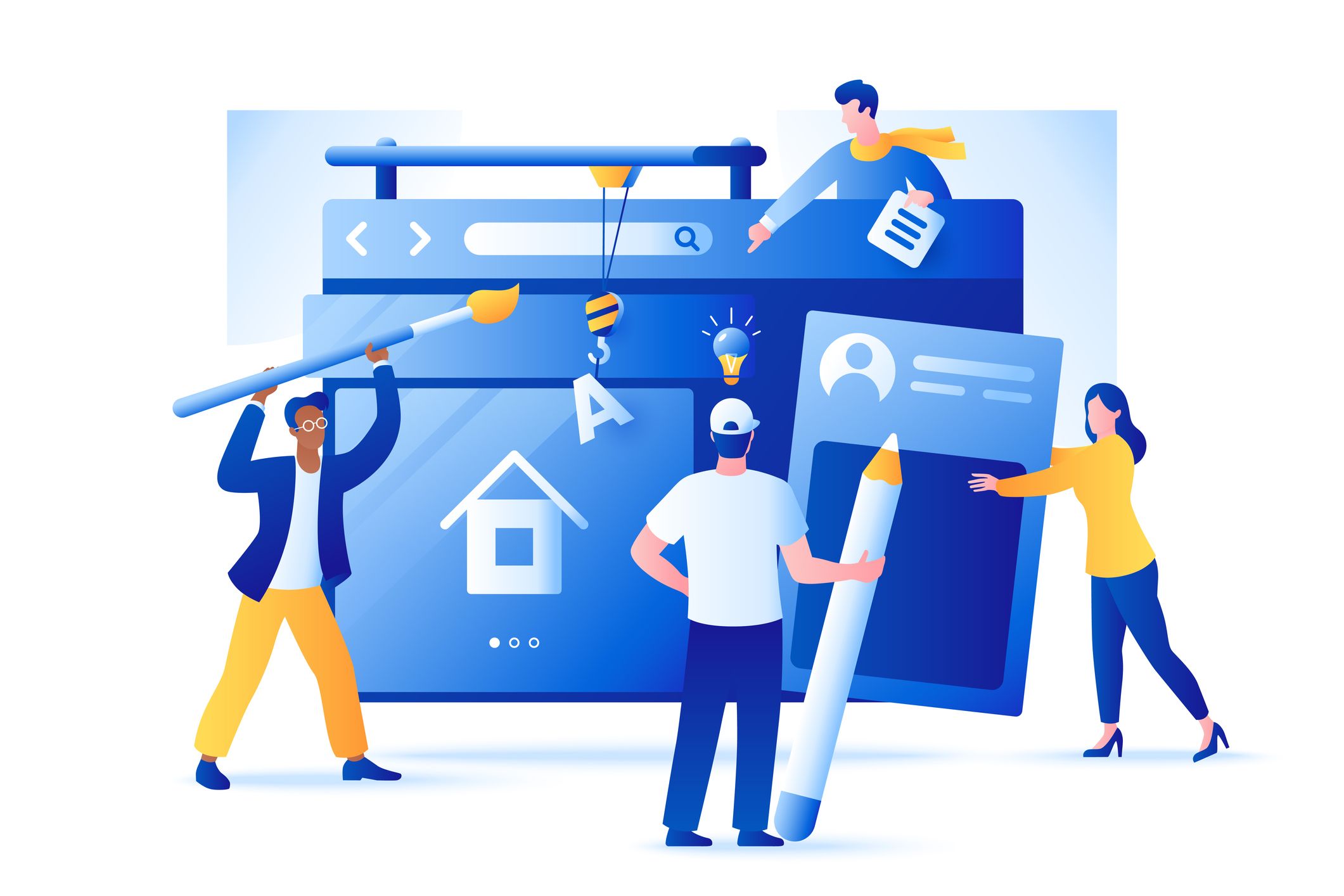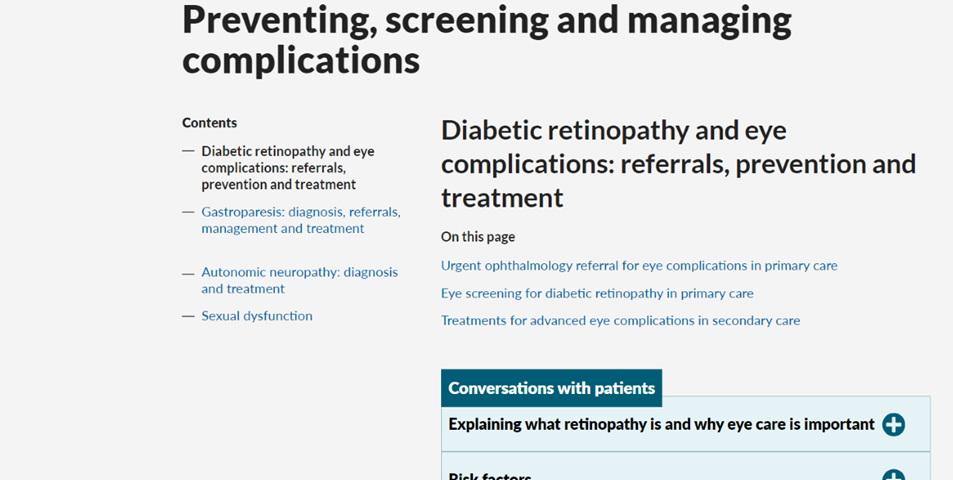Building an interactive guidelines experience

The Interactive Guidelines Experience (IGE) is exploring what it would look like to redesign NICE guidelines around the needs of people who use them. The aim of the project is to develop new ways of presenting and structuring our content so it’s clear, concise, and easy to navigate. It’s about bringing together and integrating related content and reshaping it based on the tasks undertaken by our users. This content is currently dotted around our website, and we know from user feedback that it is repetitive and hard to find.
We began this work in November 2020. So far, we’ve focused on managing type 2 diabetes in adults and we are now at the stage where we have some early prototypes that we want to get your feedback on.

But how have we got to this point?
When we started the project we knew that we needed to approach it differently to how we would usually develop a guideline, so we started working in Agile way. Using Agile methodology means starting small and taking an iterative approach to a project. We tackle small, manageable problems and test and evaluate constantly, learning and building up as we go. It also means that we can be more flexible and responsive and can adapt to changing circumstances and priorities much more quickly.

To work effectively in this way, we needed to create a multidisciplinary team that brought together all the skills needed for an Agile project. Over the past 18 months our core IGE team has included:
- subject experts
- technical analysts
- user researchers
- content designers
- user experience design
- service delivery managers
and we have been able to bring in extra specific expertise as and when needed.
When we started the project, we decided to focus on the very specific scenario of a GP making shared decisions about medicines choices in the management of type 2 diabetes in adults as our first step. Using this scenario and our existing user research we mapped out the user journey, drafted some content, and created our first prototypes. Then we did our first round of user research with a small group of volunteers.
We got some great feedback from that, which allowed us to make improvements to what we had done and to move on to the second scenario: a healthcare professional (not just GPs) looking at diet and lifestyle choices with a patient. Again, we followed the same methods as before and, building on the work we had already done, we able to create more content and improve those initial prototypes, once again testing them with our small group of users.

Fast forward 12 months and here we are, ready to share what we’ve been doing with a much wider audience and hear your feedback. We are still learning, still improving and iterating, and we still have a long way to go so this is by no means the finished product and your feedback can and will help shape the future direction of this work.
Over the coming weeks we will be writing more here about the project including:
- what we have done
- how we did it
- what we learned
- where we plan to go next.
In the meantime, you can send us your feedback on the prototypes or you can contact the IGE project team if you have any general questions.